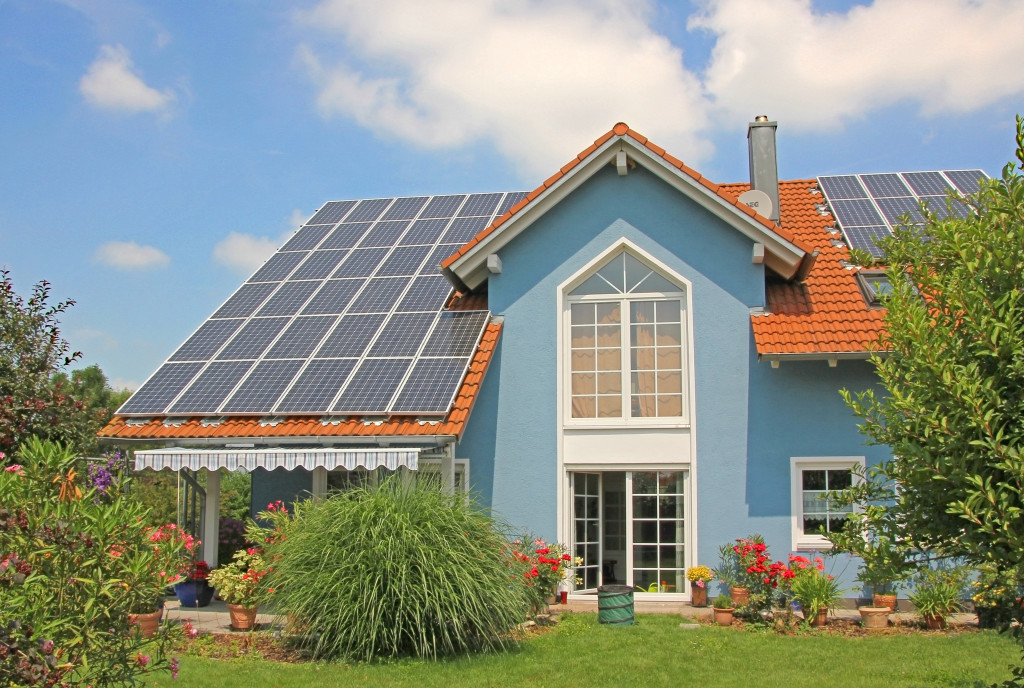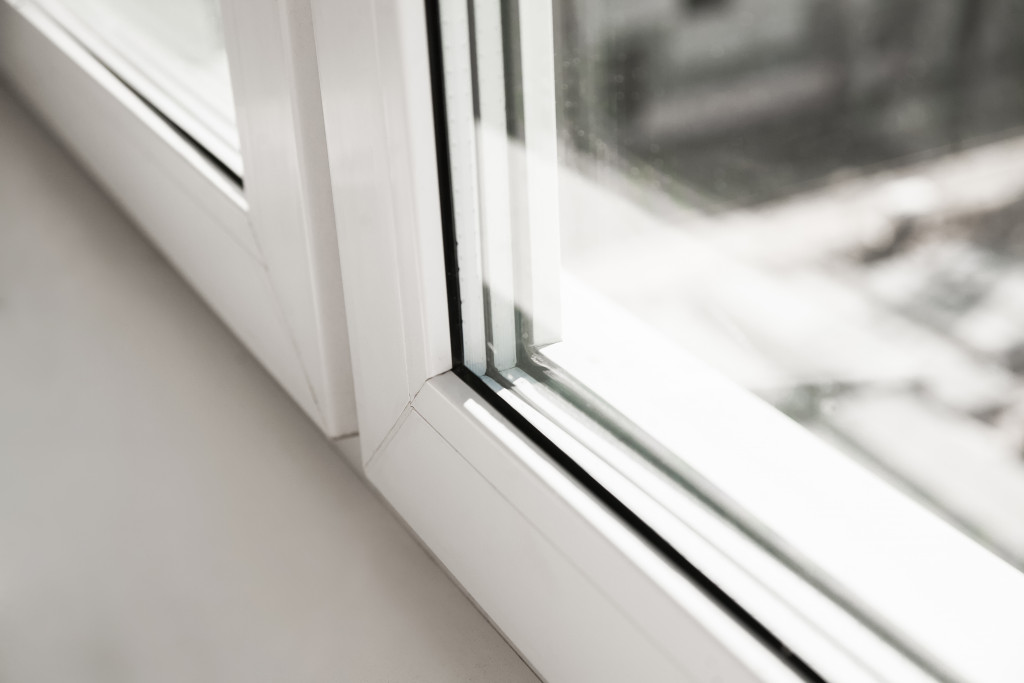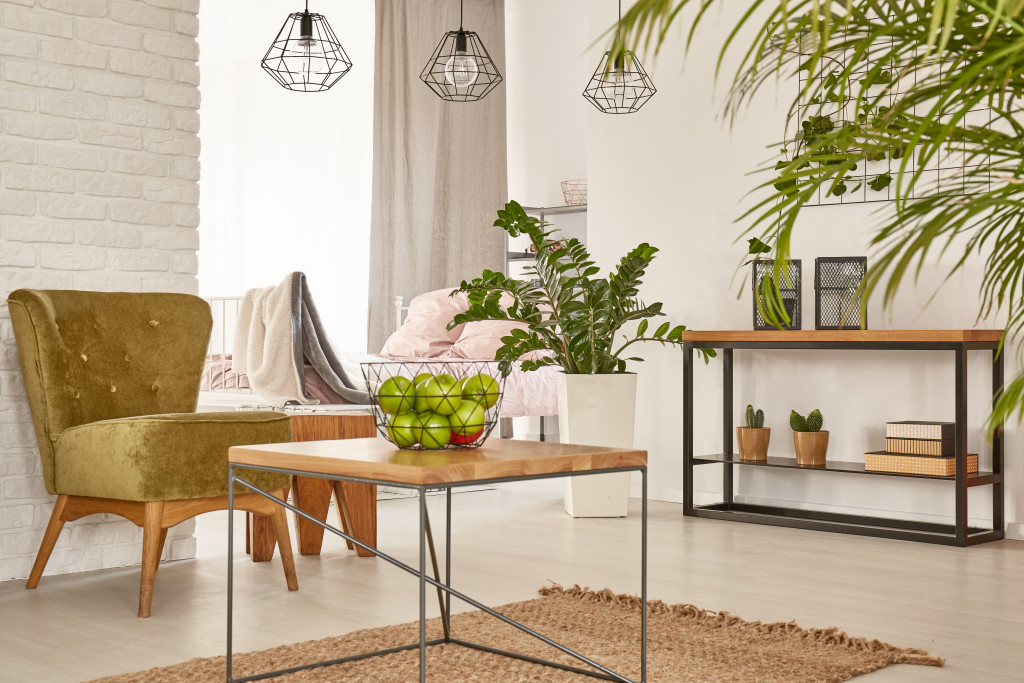- Reduce energy consumption by using energy-efficient appliances, renewable energy, and maximizing natural light.
- Enhance home insulation through secondary glazing, cavity wall insulation, and loft insulation for energy efficiency.
- Adopt the principles of Reduce, Reuse, and Recycle to decrease waste and conserve resources.
- Make small changes towards a greener, eco-friendly home to save money and contribute to environmental conservation.
As global industries continue to grow, it isn’t a secret that the planet is becoming less green by the day. The environment is quickly degrading, and now is the time to be proactive and make your home greener. You can take simple steps to help with the global problem, and your home can be one of the best starting points. This article will discuss a few ways in which you can upgrade your family home to become greener and set an example for other households.
Start by Reducing Energy Consumption
Reduce the amount of energy you use to help save the environment. You could switch to energy-efficient appliances, install LED bulbs, insulate your home, and upgrade your windows to reduce heat loss. All these steps help in reducing the amount of energy you use, which results in lower utility bills. Here are other things that you can do to reduce energy consumption:
Unplug Appliances When Not in Use
Even appliances that are switched off can draw power if they remain plugged in. This is often referred to as “vampire power.” One way to combat this is by unplugging devices when they’re not in use. Think about the number of electronics in your home- TVs, computers, gaming consoles, kitchen appliances – they all add up. If it’s not feasible to unplug all these appliances manually, consider using smart power strips.
Switch To Renewable Energy Sources
Switching to renewable energy sources is a significant step toward having a greener home. Consider installing solar panels on your roof or in your backyard. Solar energy is a renewable source and reduces reliance on fossil fuels, which are harmful to the environment. Other options include using wind turbines or geothermal energy systems, depending on the feasibility and availability of your location.
Use Natural Lighting During the Day
Optimizing natural light during the day can significantly reduce your reliance on artificial light sources, thereby lowering energy consumption. Design your home interior to allow sunlight to permeate through the rooms. Use light or sheer curtains that allow daylight in, and keep the windows clean for maximum light transmission. Also, consider installing skylights or sun tunnels in darker areas of your home.

Invest in Insulation Fixes
Proper insulation is another effective way to upgrade your home for a greener future. Insulation keeps your home warm during winter and cool during summer, thereby reducing the need for heating and cooling systems and lowering your energy consumption. You can insulate the walls, floors, and roof of your home, and even the pipes and water tanks. Here are some factors that you need to include:
Secondary Glazing
Secondary glazing is a game-changer for homes in colder climates or those located near noisy areas. This technique involves adding an extra slimline window inside your existing windows, enhancing thermal and acoustic insulation. Investing in quality secondary glazing not only keeps your home warm during the winter and cool during the summer but also dramatically reduces noise from the outside. Plus, it’s a more cost-effective and less disruptive solution compared to replacing your existing windows. It’s an excellent path towards a greener, more comfortable home.
Cavity Wall Insulation
Cavity wall insulation is a fantastic method to enhance the energy efficiency of your home. Most houses built after the 1920s have a gap between the inner and outer walls, known as a “cavity.” By filling this cavity with insulating materials, you can prevent heat from escaping during winter and keep your home cooler during summer. This insulation technique effectively reduces the amount of energy needed for heating or cooling, leading to lower energy bills and a greener home.
Loft Insulation
Loft insulation is a simple and effective way to reduce energy consumption and enhance the warmth of your home. By insulating the roof of your house, you can prevent a significant amount of heat from escaping, as hot air tends to rise. This means your heating system won’t have to work as hard to maintain a comfortable temperature in your home during colder months, which leads to reduced energy bills.

Reduce, Reuse, and Recycle in Every Possible Way
Creating a greener home extends beyond energy efficiency and insulation; it involves making conscious decisions about how you consume and dispose of products. Embrace the three R’s – Reduce, Reuse, and Recycle – in every possible way.
Reduce the amount of unnecessary items you bring into your home. Reuse items to extend their life span and cut down on waste. Recycle materials to prevent them from ending up in landfills and to help conserve natural resources.
By incorporating these principles into your daily life, you’re not only making your home greener but also contributing to a more sustainable world.
It’s time to upgrade your home to become more eco-friendly and embrace greener living. By reducing energy consumption, investing in insulation fixes, and adopting the three R’s, you can make a significant impact on the environment. Not only will you be setting an example for other households, but you’ll also be saving money in the long run. Small changes can lead to big results – so do your part in creating a greener future for generations to come.





